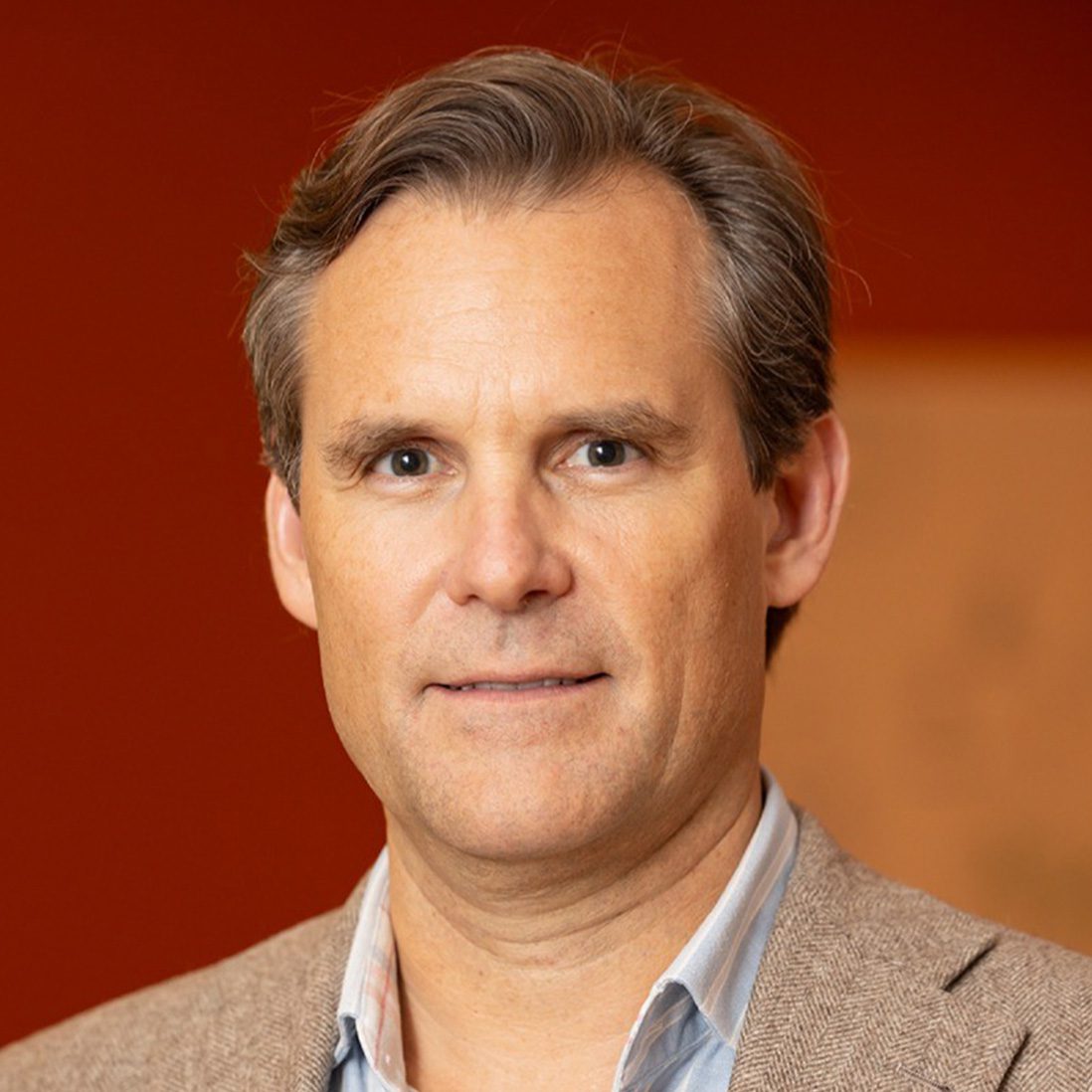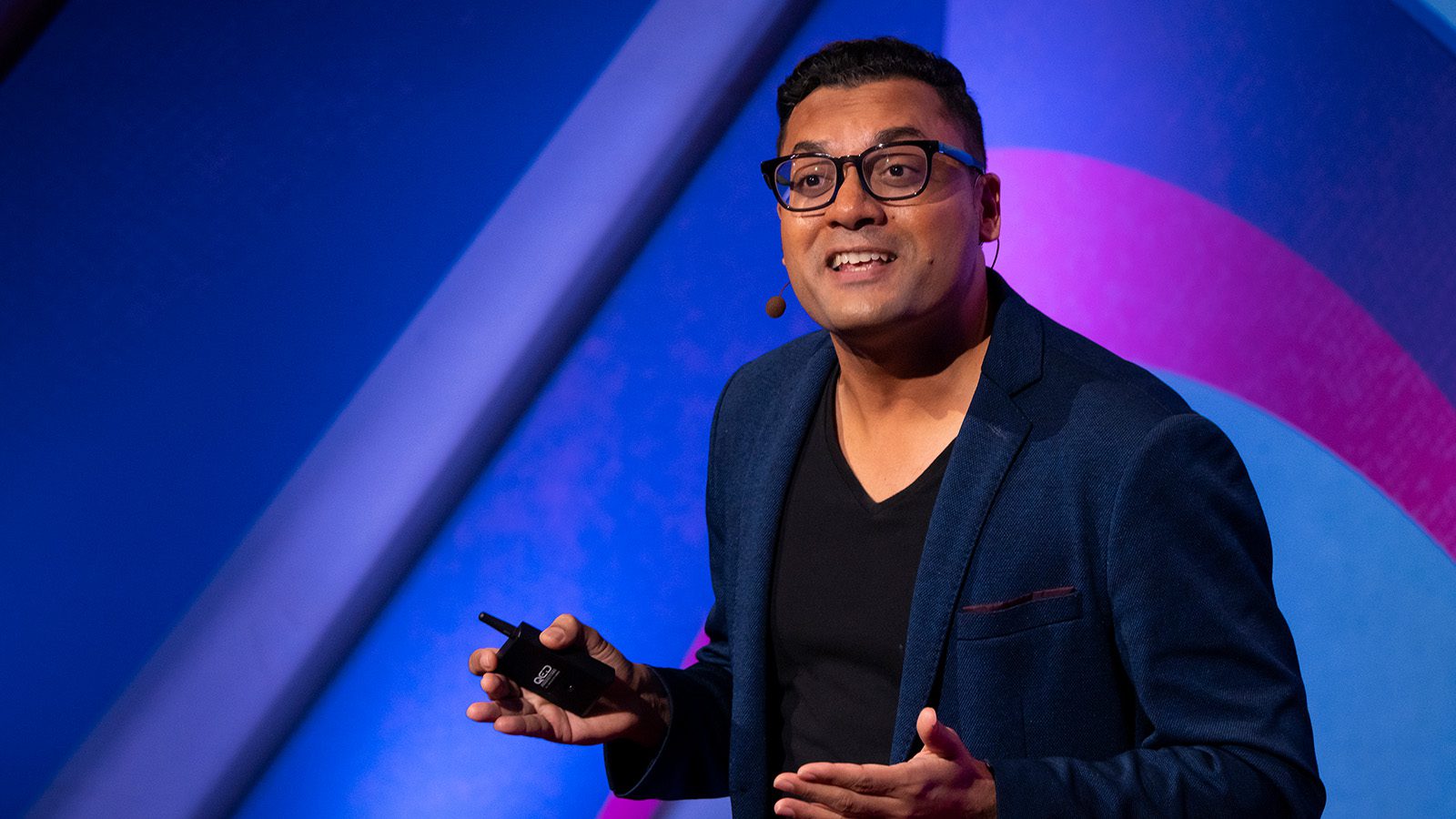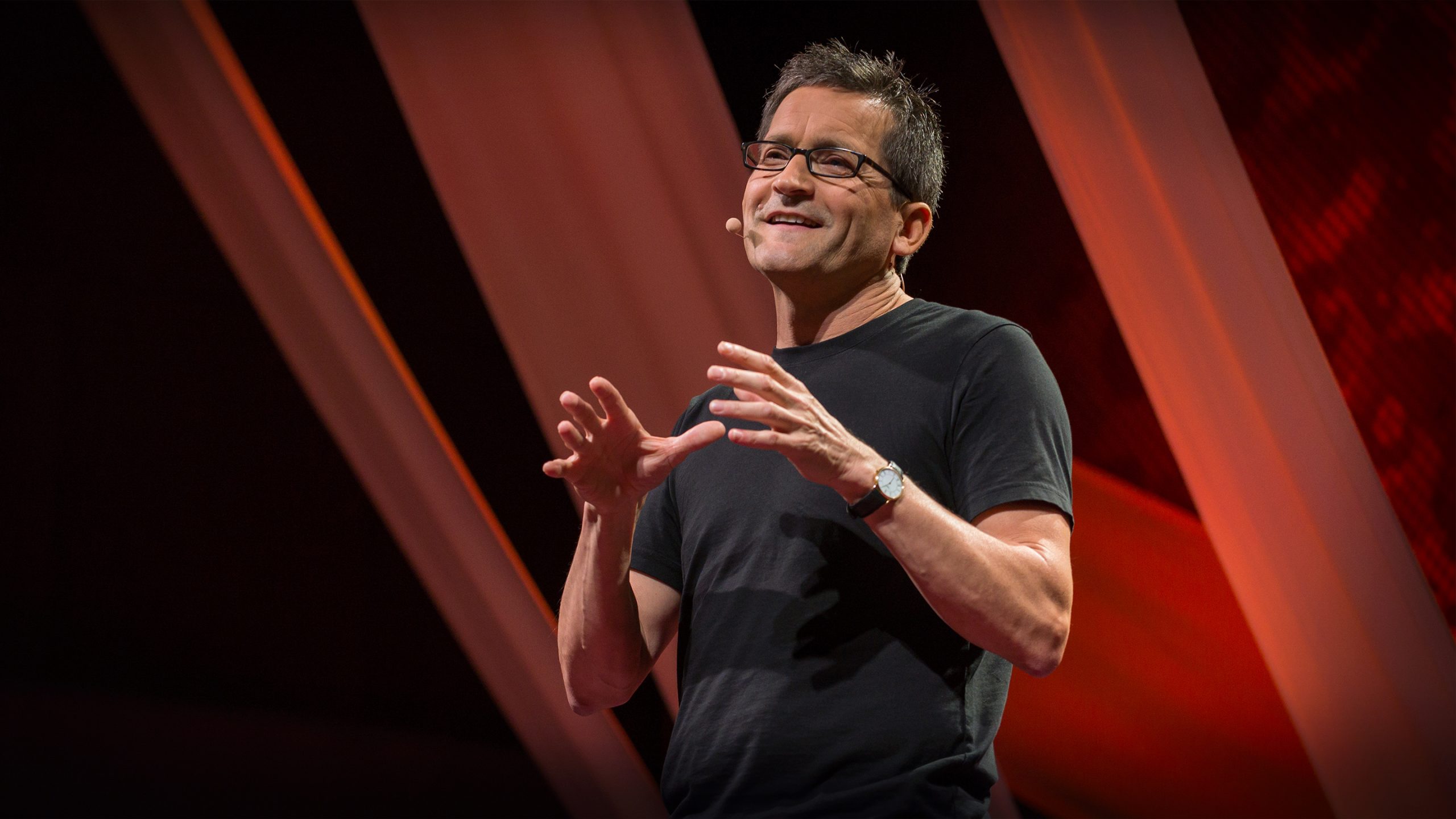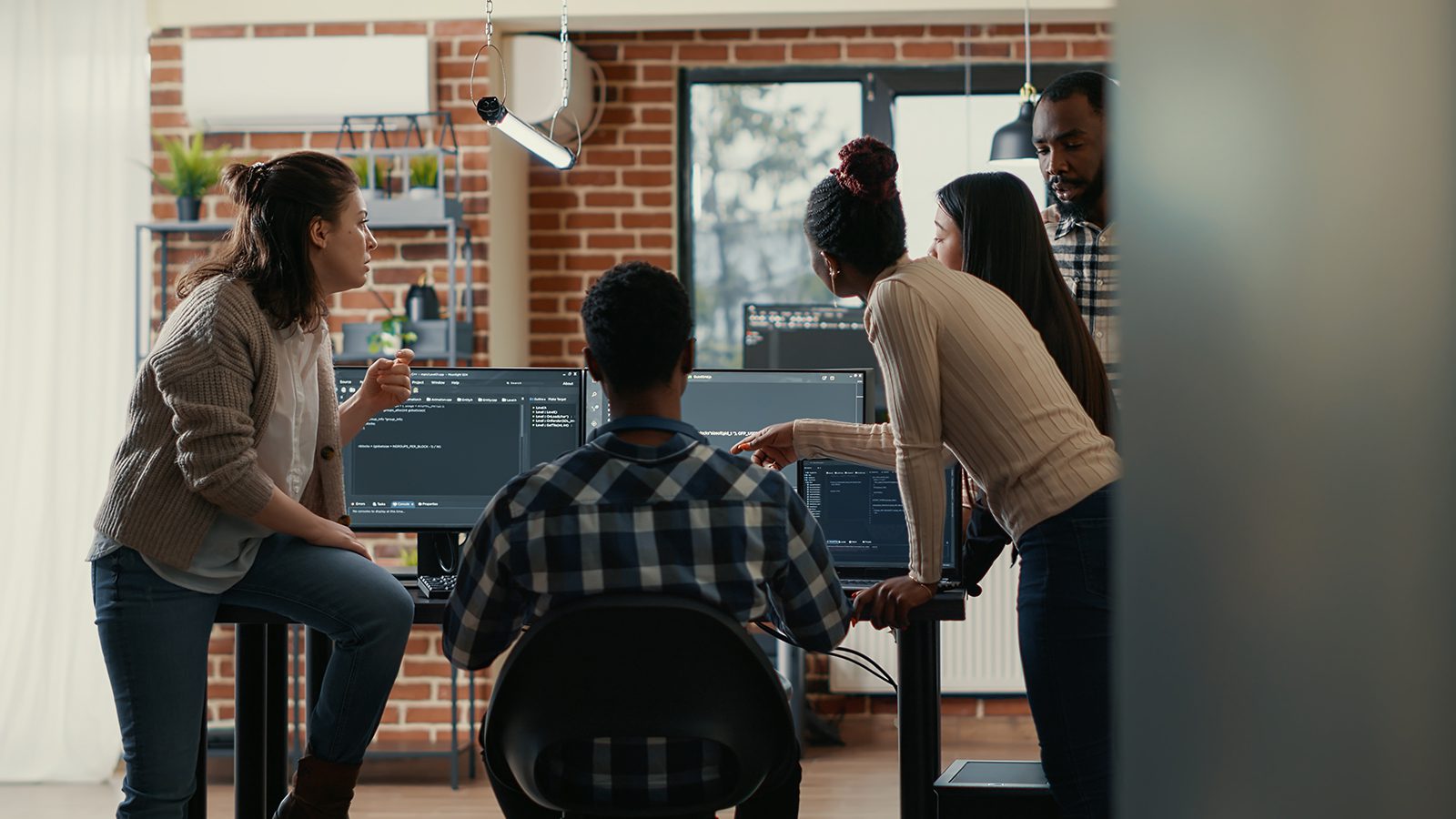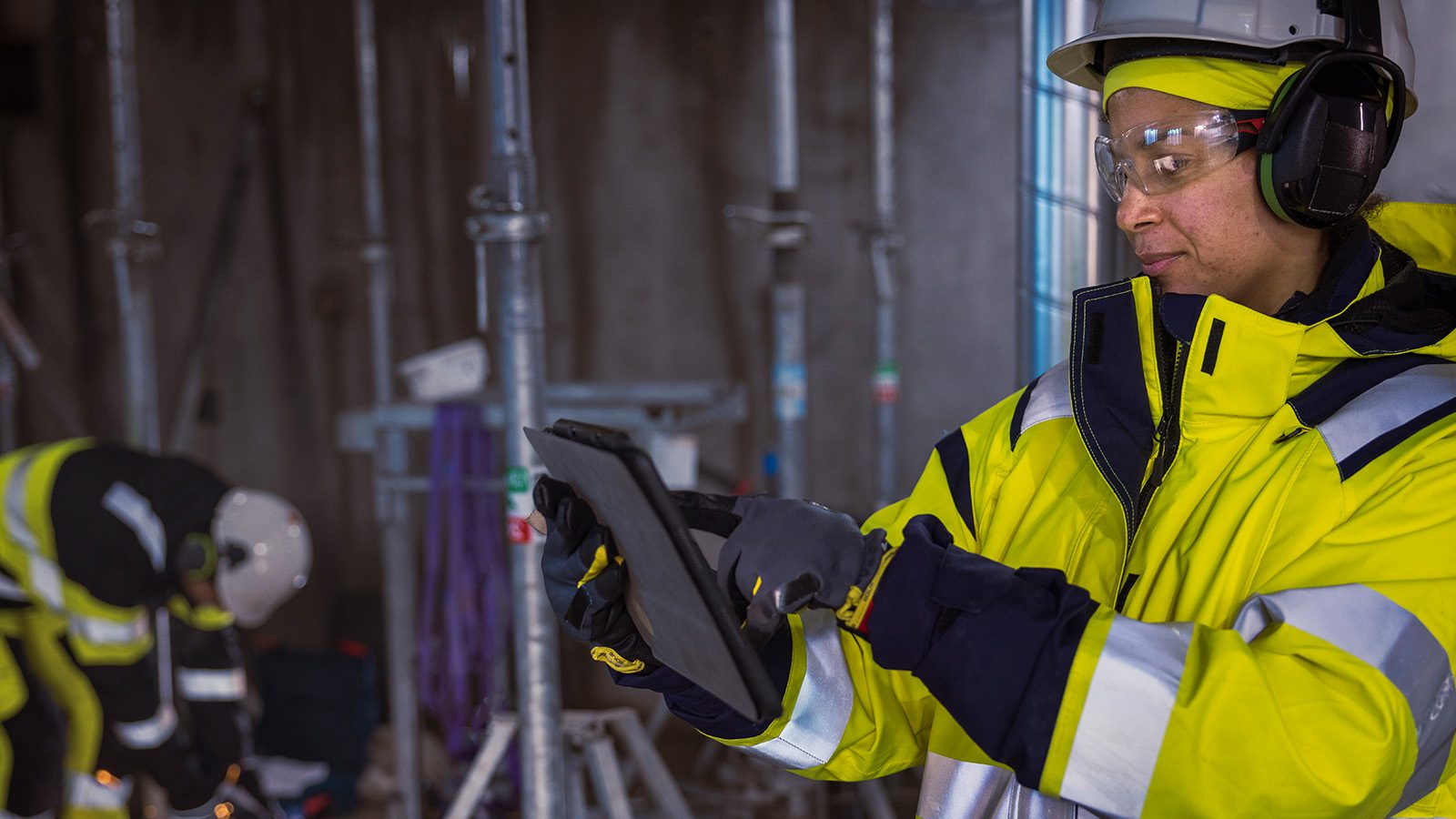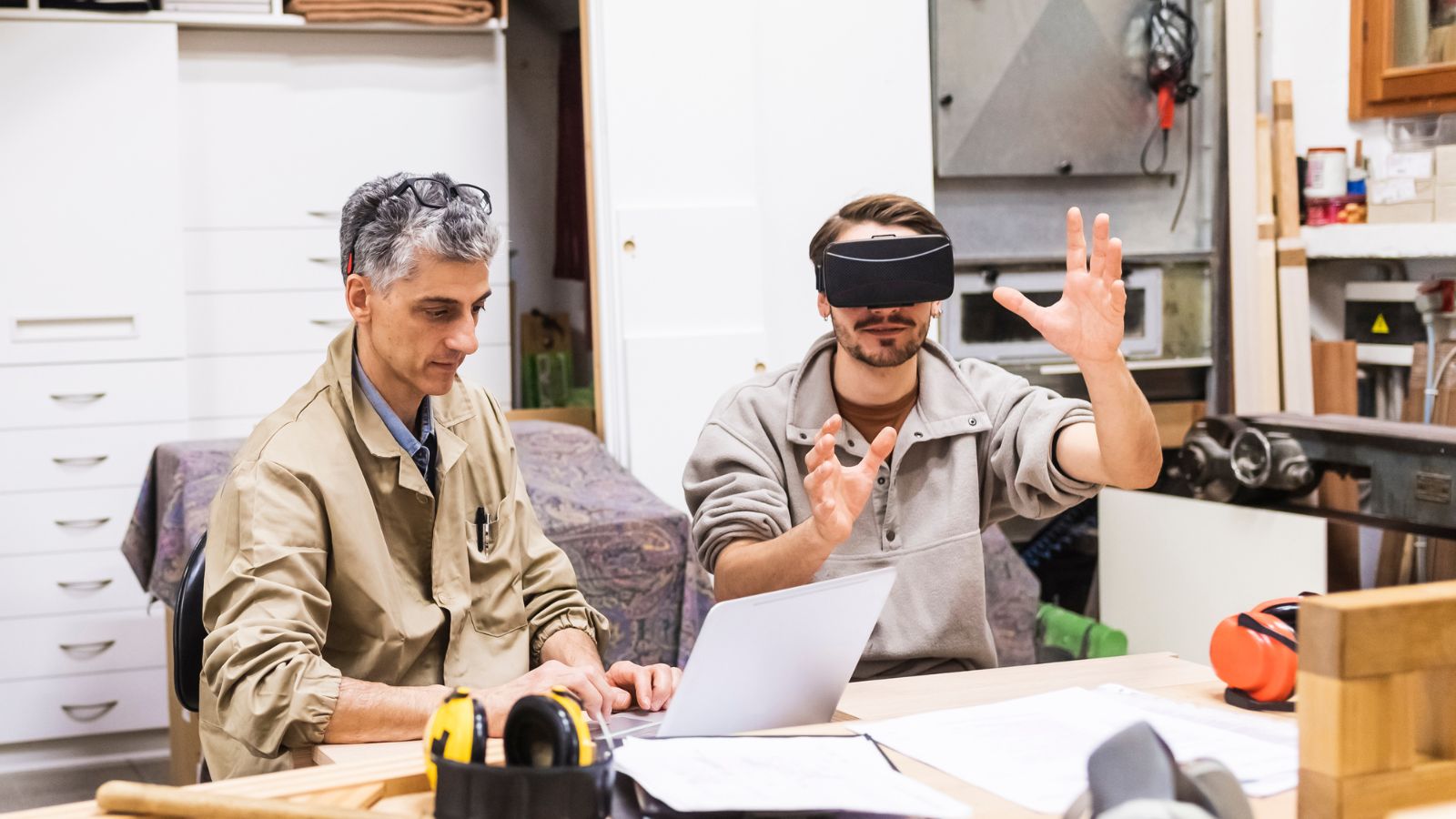Human Futures Lab
The BHI Human Futures Lab develops pioneering thought leadership to shape a human-centered future of work.
Our Human Futures Lab is comprised of a diverse group of BCG research fellows, ambassadors, and external academic and industry collaborators, focusing on topics linked to the future of work, organizations, talent and skills.
The Lab’s thought leadership is featured in leading journals, global media, bestselling books, and popular TED Talks, and is often leveraged to advise our clients on preparing their workforces for the future.
The team’s current and recent research themes include topics such as skills and leadership in the age of AI, human-AI symbiosis, the workforce of the future, radical employee centricity, and human-centric change.
Skills and Leadership in the Age of AI
How can you manage the upcoming massive skill disruption – and lead teams of human and AI co-workers?
Designing a Successful Reskilling Program
In this article, written as a follow up to the award-winning “Reskilling in the Age of AI”, the authors report the results of a reskilling survey that they conducted with chief human resource officers from approximately 1,200 organizations in the U.S., along with business leaders from around 200.
Human-AI Symbiosis
How to thrive in the transition of work from human led to agentic AI led workflows?
GenAI Adoption Is Hard. Radical Employee Centricity Can Help
Redesigning work to ensure that employees are supported, motivated, and empowered can be both an enabler and result of AI adoption.
Workforce of the Future
What are the key macro shifts affecting the workforce – and what is the role of humans in the various futures of work?
Toward A Flourishing Aging Society
Key takeaways from the BCG Henderson Institute’s 2023 Meeting of Minds, which dissected the challenges of demographic aging from a multi-disciplinary perspective and examined emerging solutions for individuals, societies, and businesses.
Radical Employee Centricity
How do we make work work through radical employee centricity that delivers efficiency, effectiveness and enjoyment?
What the Return-to-Office Debate Misses: Employees Are Customers
Employees are customers who decide daily how much energy to give to their work. Here’s how leaders can understand and segment their workforce to identify what employees want most — and act on it.
Human-Centric Change
How can the neglected levers of behavioral change produce sustainable and predictable organizational change?
How Leaders and Employees Can Be Partners in Change
People closer to the decision making feel more favorably toward change than those further away. Employees need to have more agency in the process.
TED Talks
Ideas worth sharing on work, organizations, talent, and skills from our researchers.
An Optimist’s Take on Reskilling in the Age of AI
Skill-building strategist Sagar Goel demonstrates how reskilling and lifelong learning, exemplified by a partnership with the Singaporean government, can help workers transition into new careers.
Why Joy And Flexibility Are Good For Business
Rosie Sargeant shares how bringing joy to work can boost retention, satisfaction, and success.
How Your Company Can Gain a Global Talent Advantage
Johann Harnoss discusses the advantage of global talent and how build organizational systems that welcome immigrants to your staff.
3 Tips for Leaders to get the Future of Work Right
Debbie Lovich shares three essential tips for leaders to reshape organizational work culture and provide their employees with more autonomy while remaining productive.
Don’t Be A Jerk To Your Barista — And Other Thoughts on Frontline Work
Adriann Negreros helps figure out how to make all jobs into great careers.
5 Ways to Lead in an Era of Constant Change
Jim Hemerling outlines five organizational change imperatives, centered around putting people first, for turning company reorganization into an empowering, energizing task for all.
How to Disagree Productively and Find Common Ground
Julia Dhar offers three techniques to reshape the way we talk to each other so we can start disagreeing productively and finding common ground.
Recent Insights
GenAI Adoption Is Hard. Radical Employee Centricity Can Help
Redesigning work to ensure that employees are supported, motivated, and empowered can be both an enabler and result of AI adoption.
What the Return-to-Office Debate Misses: Employees Are Customers
Employees are customers who decide daily how much energy to give to their work. Here’s how leaders can understand and segment their workforce to identify what employees want most — and act on it.
Why Joy And Flexibility Are Good For Business
Rosie Sargeant shares how bringing joy to work can boost retention, satisfaction, and success.
Five Ways to Make the Most of Your Reskilling Investments
Reskilling is no longer an option. As the shelf life of a skill gets shorter and talent becomes scarce, companies must construct successful reskilling programs.
Deskless Workers Want to Enjoy Their Work, Too
Research suggests the need to tip the balance—increasing the enjoyment that nurses, teachers, factory workers, and other deskless employees experience at work.
3 Ways Governments Can Solve The Global Skills Crisis
Given the exponential pace of technological change and the diminishing longevity of skills, the need for a novel approach to lifelong learning is clear. Governments have a unique opportunity to make it happen.
Designing a Successful Reskilling Program
In this article, written as a follow up to the award-winning “Reskilling in the Age of AI”, the authors report the results of a reskilling survey that they conducted with chief human resource officers from approximately 1,200 organizations in the U.S., along with business leaders from around 200.
How Gen AI Can Make Work More Fulfilling
Gen AI offers efficiency, but employee adoption hinges on shared benefits and supportive leadership. By adding joy to work, co-creating with employees, and ensuring managers serve as role models, you can flip the odds of success.
The Future is a State of Mind: What it Takes to Build a Future-Ready Company
In so many ways, the future is an attitude, a state of mind. The world’s most successful CEOs have shown that if you are decisive and unsentimental, experimental, and ambitious you can navigate through choppy waters toward your vision of the future.
How Governments Can Improve the Global Skills Market
How to bridge a significant skills gap in national workforces? Governments need to play a more strategic role, starting with three key interventions.
For CEOs, the Future Is a State of Mind
Pessimism may rule the day. But business leaders who look to the future with optimism can guide their companies toward long-term success.
How to Get People to Seize Opportunities at Work
People don’t always make use of opportunities and programs offered to them. Organizations can find ways to improve the take-up rates of products and programs by utilizing concepts from behavioral economics. These techniques have been used to convince more citizens to apply for tax benefits and more franchised hotels to use a new algorithmic pricing system, among other examples.
Enjoying Work Matters More Than You May Realize
Retention is a complex issue unique to each company, but research suggests a universal solution: doubling down on employee joy.
GenAI Adoption Is Hard. Radical Employee Centricity Can Help
Redesigning work to ensure that employees are supported, motivated, and empowered can be both an enabler and result of AI adoption.
Does Your Hybrid Strategy Need to Change?
To find the most workable post-COVID return-to-office strategy, companies should focus on four factors: the needs of the work, the needs of the people, how work gets done, and the new managerial muscle required to manage a hybrid workforce.
Reskilling in the Age of AI
Five new paradigms for leaders—and employees.
Making Flexible Working Models Work
Of the 1,500 office-based employees we surveyed, 85% reported that their organization adopted a hybrid model—but companies need to delve deeper to make flexibility work. Insights from our "What the Flex?!" surveys of office-based employees.
How Change Aversion Can Derail a Transformation
Change is difficult ... because people just don’t like it! Discover the reasons behind change aversion and ways that businesses can realize more successful change efforts.
Your Strategy Is Only as Good as Your Skills
The successful companies of the future will not only invest in human capital but also track and report progress with the same attention they devote to other assets.





